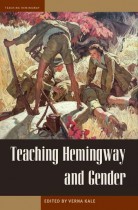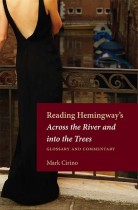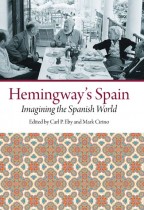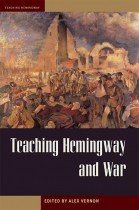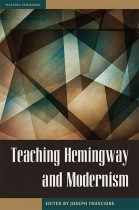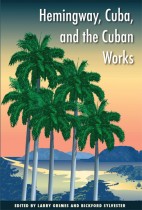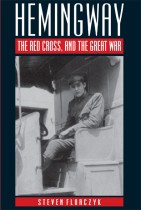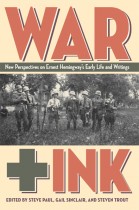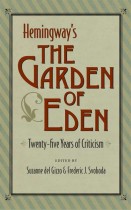Hidden Hemingway
Robert K. Elder, Aaron Vetch and Mark Cirino | Filed under: Award Winners, Hemingway Studies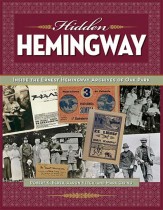
Thinking of Ernest Hemingway often brings to mind his travels around the world, documenting war and engaging in thrilling adventures. However, fully understanding this outsized international author means returning to his place of birth. Hidden Hemingway presents highlights from the extraordinary collection of the Ernest Hemingway Foundation of Oak Park. Thoroughly researched, and illustrated with more than 300 color images, this impressive volume includes never-before-published photos; letters between Hemingway and Agnes Von Kurowsky, his World War I love; bullfighting memorabilia; high school assignments; adolescent diaries; Hemingway’s earliest published work, such as the “Class Prophecy” that appeared in his high school yearbook; and even a dental X-ray. Hidden Hemingway also includes one of the final letters Hemingway wrote, as he was undergoing electroshock treatment at the Mayo Clinic. These documents, photographs, and ephemera trace the trajectory of the life of an American literary legend.

